Slideshow: Vermouth’s Bittersweet Revenge
Over the 227-year course of its modern history, vermouth has been a medicinal tonic, a way to salvage “off” wine, and a crucial component of the martini and the Manhattan. And in some parts of the world, it’s still a popular aperitif: in Italy, where the aromatized fortified wine in its sweet red iteration was first formulated; France, which later countered with a “dry” style; and Spain, where Albert Adrià recently opened Bodega 1900, one of Barcelona’s new wave of trendy vermuterías. In this country, though, the sweet and bitter stuff has mostly been a punch line—especially among martini drinkers for whom dryness has become a virtue, if not a religion. (And who can forget Bill Murray’s palpable disgust at having to swig a glass, ad nauseum, to win Andie MacDowell’s affections in Groundhog Day?) But the tide might be turning.
As the cocktail craze has made us rethink proportions (see Audrey Saunders’s unabashedly wet Fitty-Fitty martini at Pegu Club), and craft producers have rediscovered bitters and micro-distilled gin and whiskey, vermouth has become newly relevant. In addition to the archetypical sweet “Italian” and dry “French,” a nascent American style is emerging, one that first materialized on the West Coast and sprouted here more recently. Unbound by tradition—or some might say brashly flouting it—American vermouths can be bracingly dry, assertively piney or herbal, and absent the wormwood that had been the aromatized wine’s defining ingredient. Several new renditions come from innovative wineries like Napa’s Massican and Bridgehampton’s Channing Daughters. But along with the urge to reinvent has come renewed appreciation of the classics—some, like the resuscitated Contratto brand and Carpano Bianco, arriving in the United States just this year.
Obsolete no more, vermouth has its own “Institute” at the annual industry blowout Tales of the Cocktail, its own website (devotee Martin Doudoroff’s illuminating vermouth101.com), and its own pride of place on a growing number of bar menus—as an aperitif or showcased in cocktails. Here, a guide to some of the newest entrants in an increasingly crowded field.
*This article originally appeared in the December 9, 2013 issue of New York Magazine.
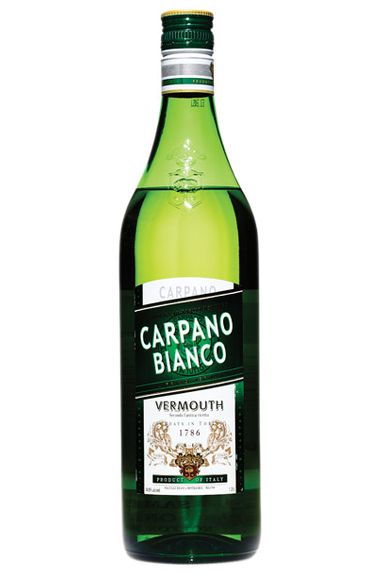
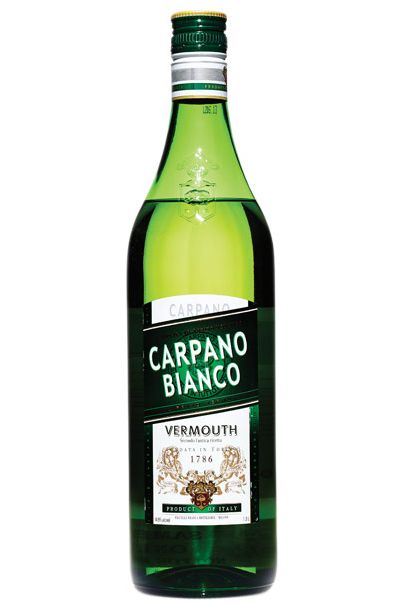
The bianco version of the mother of all modern vermouth became available Stateside only this fall. It’s smoother, slightly floral, and less caramel-y ...
The bianco version of the mother of all modern vermouth became available Stateside only this fall. It’s smoother, slightly floral, and less caramel-y than Carpano Antica Formula, but with that same superb bittersweet balance. $23 at Astor Wines & Spirits, 399 Lafayette St., at E. 4th St.; 212-674-7500.
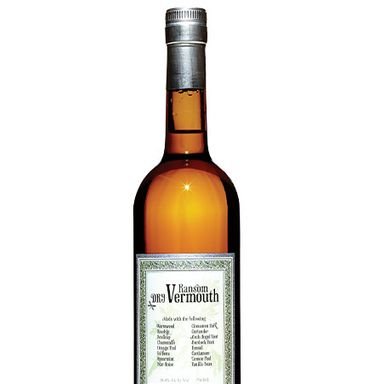
Dry and floral with a touch of scullcap. We know that description to be true because, unlike secretive old-world vermouth-makers, Ransom’s Tad Seested...
Dry and floral with a touch of scullcap. We know that description to be true because, unlike secretive old-world vermouth-makers, Ransom’s Tad Seestedt (Oregonian distiller of a renowned Old Tom gin) lists all the botanicals right on the label. $30 at Astor Wines & Spirits.
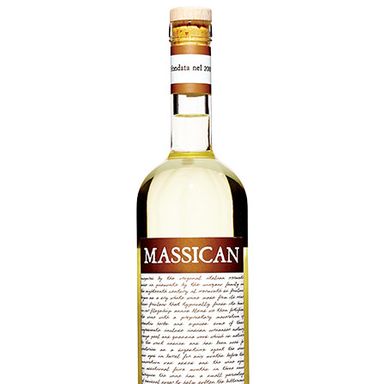
It’s only natural that a Napa winery inspired by Italian whites would one day venture into vermouth. Dan Petroski’s limited-production take is herbace...
It’s only natural that a Napa winery inspired by Italian whites would one day venture into vermouth. Dan Petroski’s limited-production take is herbaceous, with bitter quassia wood subbing for the traditional wormwood. $33 at Astor Wines & Spirits.
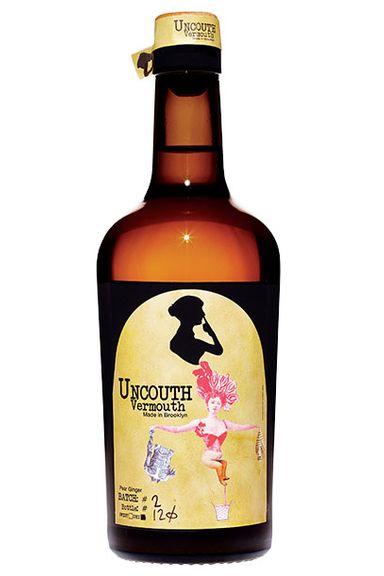
Part forager, part alchemist, Bianca Miraglia specializes in idiosyncratic vermouths made in Red Hook from Long Island base wines. The pear-ginger—one...
Part forager, part alchemist, Bianca Miraglia specializes in idiosyncratic vermouths made in Red Hook from Long Island base wines. The pear-ginger—one of five outré varieties—is unfiltered, cider-y, and austere. $35 for 500 ml. at Astor Wines & Spirits.
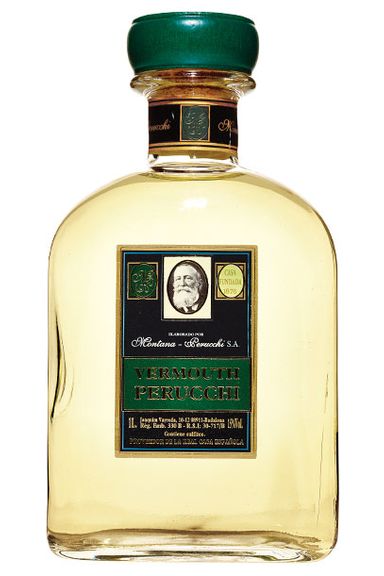
A Spanish standby that first arrived here four years ago; delicious on the rocks with a twist and olives, as Alex Raij serves it at El Quinto Pino. $1...
A Spanish standby that first arrived here four years ago; delicious on the rocks with a twist and olives, as Alex Raij serves it at El Quinto Pino. $14 at Astor Wines & Spirits.
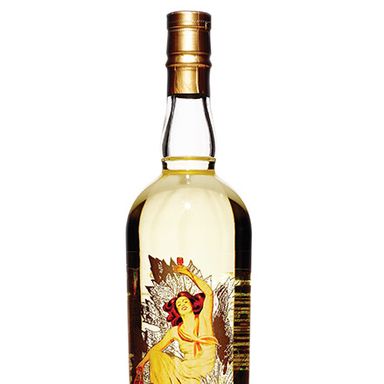
Revived this year by new owners of a nineteenth-century Piemontese estate, this specimen is dessert-wine-sweet proof that the Italian bianco style wil...
Revived this year by new owners of a nineteenth-century Piemontese estate, this specimen is dessert-wine-sweet proof that the Italian bianco style will never be mistaken for “French dry.” $28 at Free Range Wine & Spirits, 329 Atlantic Ave., nr. Hoyt St., Boerum Hill; 718-643-2250.
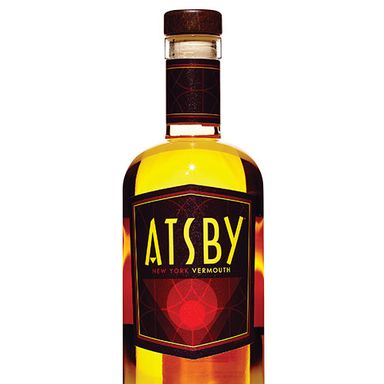
The drier of two vermouths that New Yorker and self-described boozehound Adam Ford produces reminds us a little of a complex honeyed Listerine, and we...
The drier of two vermouths that New Yorker and self-described boozehound Adam Ford produces reminds us a little of a complex honeyed Listerine, and we mean that as a compliment. $33 at Astor Wines & Spirits.
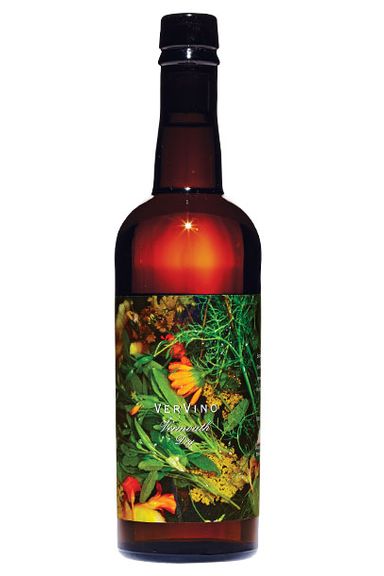
East End botanicals, honey, and Sauvignon Blanc make this a truly locavore dry vermouth—the first in a seasonal line. $33 for 500 ml. at Union Sq...
East End botanicals, honey, and Sauvignon Blanc make this a truly locavore dry vermouth—the first in a seasonal line. $33 for 500 ml. at Union Square Wine & Spirits, 140 Fourth Ave., at 13th St.; 212-675-8100.
A bittersweet exemplar of the original vermouth di Torino style, using a base wine of indigenous Cortese grapes. (The hue comes from caramel colo...
A bittersweet exemplar of the original vermouth di Torino style, using a base wine of indigenous Cortese grapes. (The hue comes from caramel coloring, not red wine.) $28 at Free Range Wine & Spirits.








